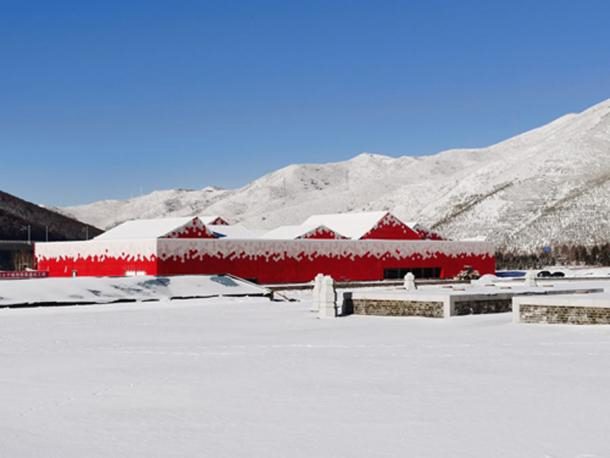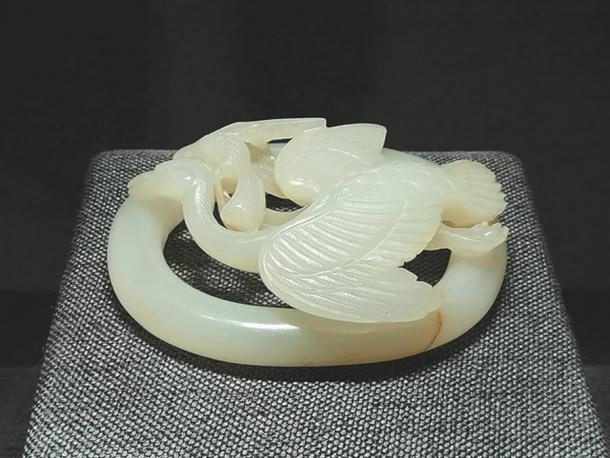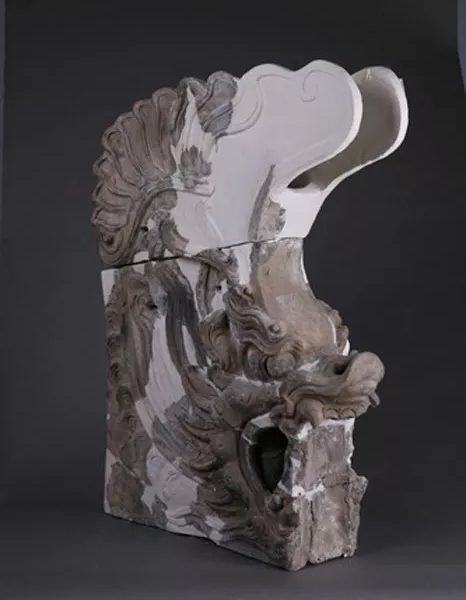This is a summer palace dating back to 1202 AD, belonging to the Jin Dynasty of China, according to Ancient Origins.
Scientists discovered this palace during a survey in preparation for the construction of the Taizicheng Olympic Village, located 140 km from Beijing. The Olympic Village is situated within the territory of the ancient village of Taizicheng, in Zhangjiakou City, Hebei Province, China.

Taizicheng ruins, where the Jin Dynasty palace and numerous archaeological treasures have just been revealed – (Photo: Hebei Provincial Institute of Archaeology and Cultural Relics)
In an interview with the Global Times, Dr. Zhang Wenrui, Director of the Hebei Provincial Institute of Cultural Relics and Archaeology, stated that this was a significant surprise for archaeologists. Although they had suspected that the area might still conceal some artifacts and ancient relics, prompting them to conduct a thorough survey before building the Olympic Village, the discovery of an entire magnificent palace was completely beyond imagination.

A beautiful jade artifact excavated from the site – (Photo: Hebei Provincial Institute of Archaeology and Cultural Relics)
If constructed as planned, the Olympic Village would overlap up to 75% of the site, so the Olympic Village will be relocated to the east of the location.
Initially, archaeologists discovered a few items such as long-abandoned ruins, thinking they were worthless. However, they soon began to find valuable construction materials and exquisite pottery shards, clearly not belonging to an ordinary house.

Intricately carved dragon head – (Photo: Hebei Provincial Institute of Archaeology and Cultural Relics)
Traditional architectural features gradually emerged as the ruins were meticulously excavated. A total of 67 house foundations, 14 roads, numerous deep moats, and city walls have been uncovered. Inside the palace ruins is a treasure trove of artifacts, including extremely valuable white glazed Ding porcelain, intricately carved dragon head sculptures, and many other high-quality ceramic and jade artifacts…
Analysis results suggest that this may very well be the “lost palace” of Taihe, built as a summer residence for Jin Emperor Jing, who reigned from 1189 to 1208 AD. This is also the first complex of Jin Dynasty palaces to be excavated, making it particularly significant for scholars studying palace architecture.





















































